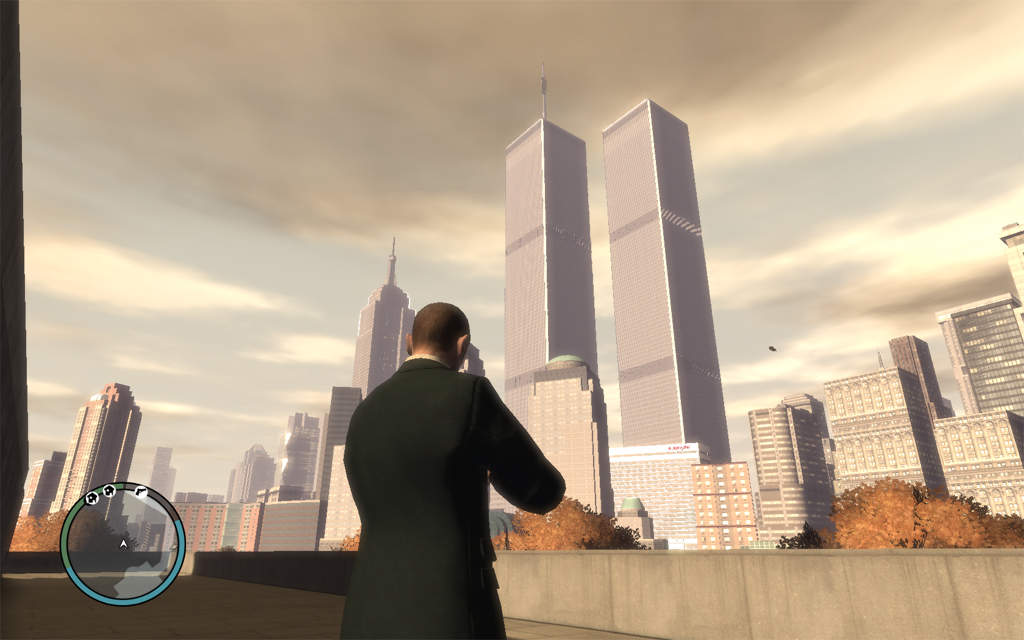

The new SfM dataset extends from near Painted Canyon south to Bombay Beach.ĭataset coverage is shown in gray, and the San Andreas Fault in red and orange. Get the data: High Resolution SfM Topography of the Southern San Andreas Fault

OpenTopography offers tools developed by Scott and others (2021) to perform on-demand vertical and 3D differencing between the new data and the older lidar datasets The new dataset also partially overlaps with lidar generated in the 2010 Salton Sea Project. The dataset complements the B4 lidar dataset (Bevis et al., 2005) collected in 2005 by providing higher resolution and color, but over a narrower aperture along the surveyed portion of the San Andreas Fault. Nearly 16,000 photographs were collected using a fixed-wing sUAS with onboard dGNSS over a 4-day field campaign in February, 2020, and were processed on a cluster of workstations at Utah Valley University. The dataset was collected expressly to be made open and available to the community for use in research and classroom activities. The 8.4 billion point cloud is the largest sUAS SfM dataset yet hosted by OpenTopography, and one of its larger datasets of any kind by point count. Vicki Lee (now at Virginia Tech) and Brigham Whitney (UVU) also contributed to the field effort. The contribution is the result of a collaborative effort between Utah Valley University (UVU) and Arizona State University and was supported by a Southern California Earthquake Center award to Chelsea Scott and funding from UVU to Michael Bunds. The data extend from north of Painted Canyon south to Bombay Beach, California, USA and include a well-georeferenced point cloud (8.4 x 10 9 points), 10 cm DSM, and 4 cm orthomosaic. OpenTopography is pleased to release a new structure from motion (SfM) photogrammetry dataset that covers ~40 km of the Coachella section of the Southern San Andreas Fault.


 0 kommentar(er)
0 kommentar(er)
